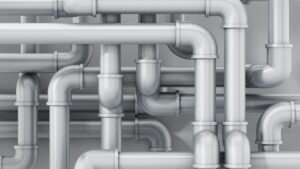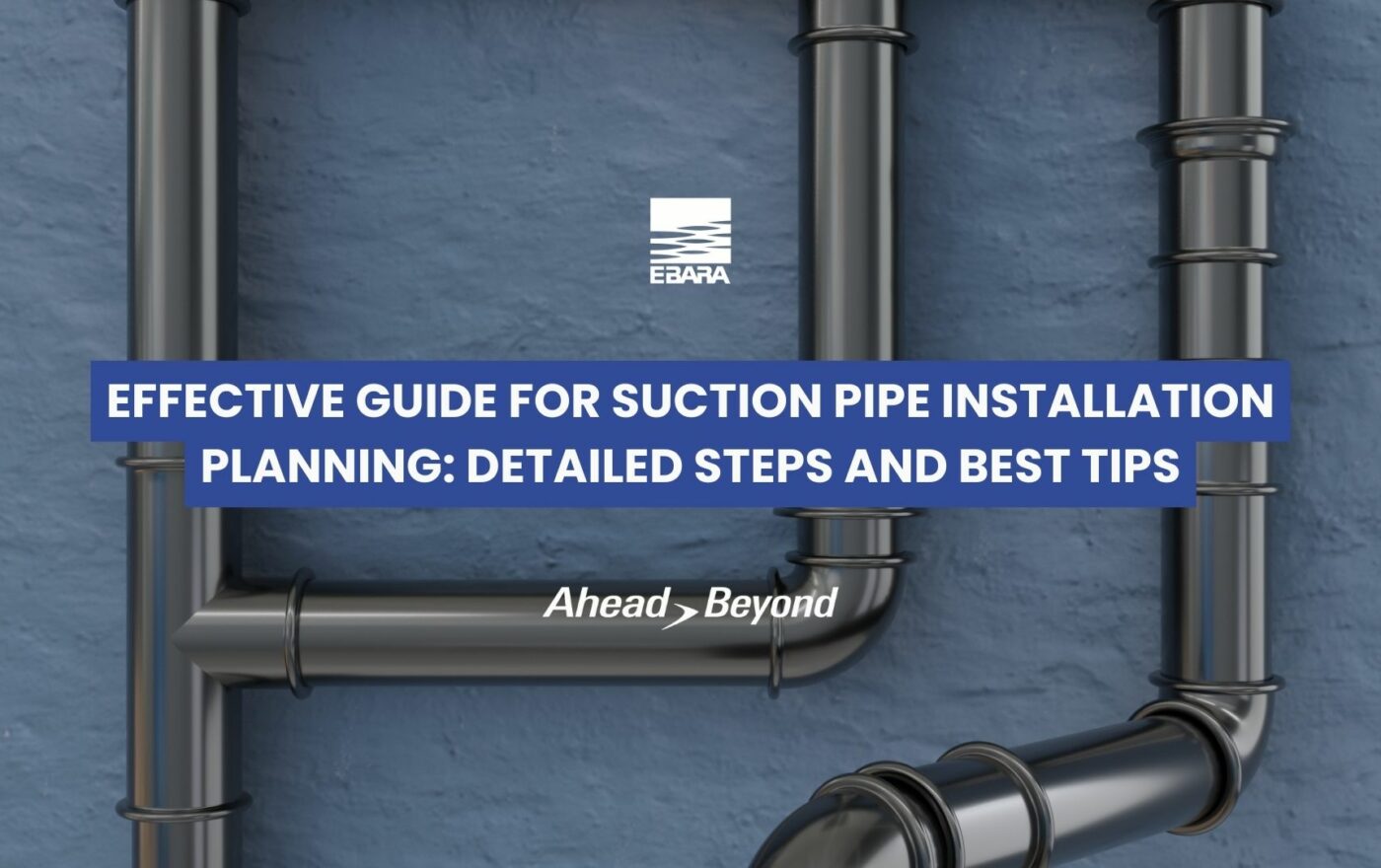Effective Guide for Suction Pipe Installation Planning: Detailed Steps and Best Tips
Improper installation of the suction pipe may result in failure to pump water. Care should be taken with the following:
- Piping should have minimum length and bends. If the suction pipe is long with numerous bends, excessive pipeline resistance will hinder pumping. It is recommended to minimize the length of the pipe and the number of bends. Additionally, consider that more connections increase the possibility of air intrusion.
- Ensure piping contains no convex areas which can cause air pockets. Convex areas in the suction pipe can trap air when the pump is primed. This trapped air will prevent the pump from operating when started.
- Construction facilitating suction pipe removal. If the pump fails to function, a possible cause could be a foot valve leak. Easy lifting of the suction pipe allows for quick and efficient inspection and repair. When planning, consider using an EBARA suction unit.

Suction Unit
The EBARA suction unit not only facilitates the installation of non-submersible pump suction pipes but also simplifies pipe inspection from the foot valve to the suction port. Advantages:
- The suction pipe can be installed after finishing the floor surface.
- Lever control of the foot valve can be easily accomplished at pump level.
- Both the foot valve and suction pipe can be inspected at pump level when the foot valve is lifted together with the suction pipe, eliminating the need to enter the pit.
By following these steps carefully, you can install suction pipes and covers for water channels effectively while reducing the risk of problems. Plan well and double-check everything before you start installing. This way, you can make sure the water pumping system works smoothly.
